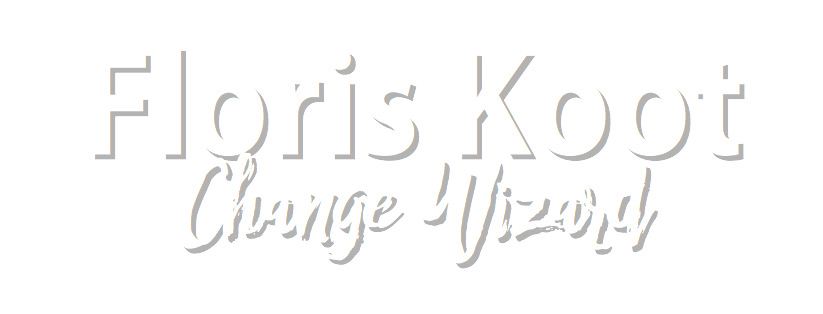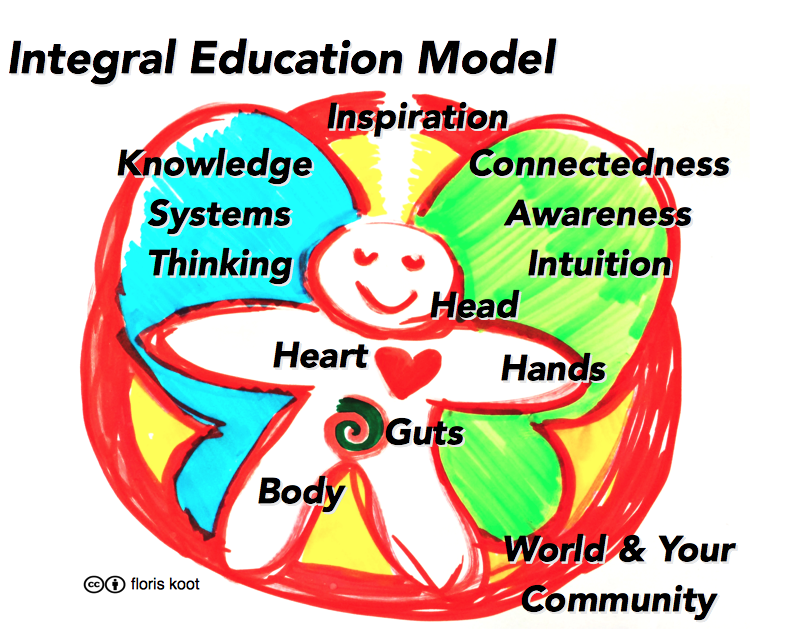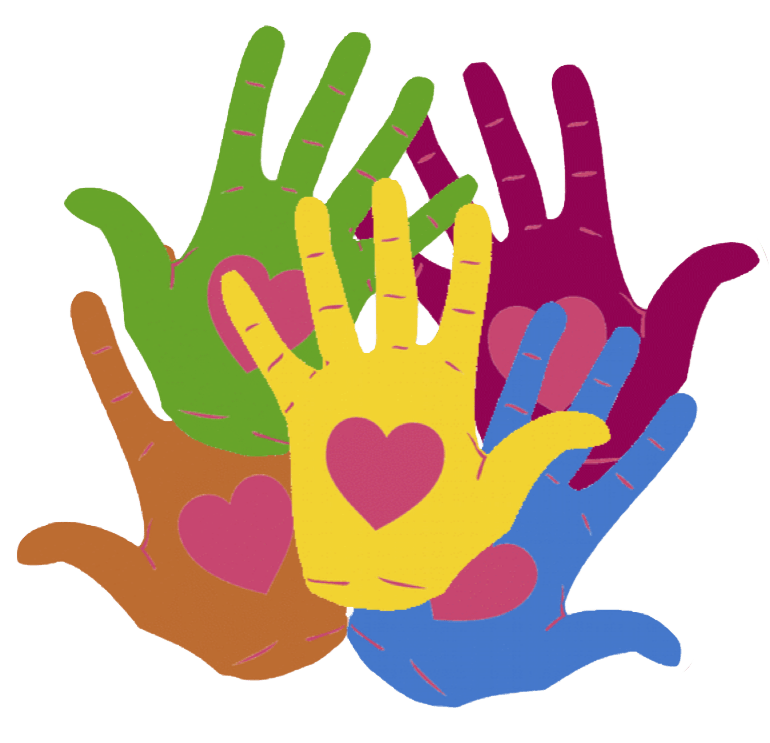Maslov for a Living World
Maslov for a Living World
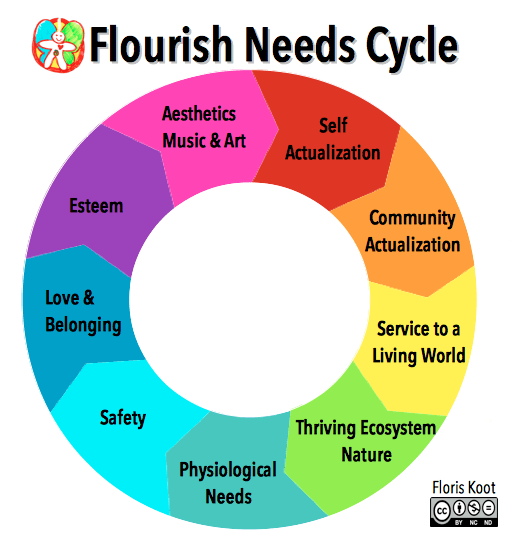
Introducing the whole system's Flourish Needs Cycle.
Mar 21 · 9 min read
We need to get over our human self-centered outlook. The Maslow pyramid is actually a circle, not a climb to optimal self-gratification. What good does self-actualization do, when there’s no healthy community to be part of? How can there be a healthy community without a thriving world? What fun is it to have much esteem while living in a poisonous wasteland?
Questions you might wonder about for yourself, on what level do you work? Can you relate your work or its meaning to the whole living system? What are you contributing towards to? How does that fit in a flourishing world? If not, what might be needed or help to make it so?
This is the model as I proposed it in my first article on the matter. There was already a circle hidden within it, but I kept the pyramid to keep the connection with Maslow intact. New insights also led to the current article you’re reading now.
For a wider understanding, we will travel around the cycle and look at each step on several levels. We’ll connect each level to an aspect of the rise of human civilization. We’ll see what roles are needed for each level to function as support to help the whole system thriving. In this, we all have a role to play. And we’ll see that each level can also be harmful when one gets fixated on it. We’ll see that each level functions also to support the wider scope of the bigger whole. So to thrive, it is imperative we open eyes for the whole cycle we are all part of and see how we can help.
1. Thriving Eco-System
This level is the hunter-gatherer phase in human history. At the root of life is a healthy nature, a living world. Physiological needs can’t exist in a vacuum, let alone on a dead planet. Romantic dreams of living in and off the forest are hardly possible anymore. We destroyed too much. People seeking to reforest wastelands, ecologists, permaculture enthusiasts, and many others do essential work on this level. They need all the help they can get.
Since this level doesn’t necessarily include humans, our human-centered mindset too often seems to forget how fundamental this is. Children often care for nature and animals. Often at the end of their education, they have forgotten about that and want to have a career. The way education breaks the wish to relate to nature is one of its biggest sins. This must change.
2. Physiological Needs
This level is the early agricultural phase of history. These levels are all about our basic needs to just being able to live. Over time many jobs were added to the farmers like housebuilders, doctors, cleaners, anyone making sure your life can continue with a body that functions. Focus on this level makes it often hard to see the bigger picture. Think of doctors giving you pills to help you heal, but who don’t even mention your diet or bad habits that caused the disease.
This level gets currently more and more threatened. Air pollution, water pollution, processed foods, plastics in sea food, collapsing energy grids. Nothing is secure any more. All the while that this level makes all others possible and helps sustain them. And meanwhile the threat to our eco-system only makes it harder to maintain this level in healthy order.
3. Safety
This is the phase of the early empires. It is about control, protection, and often still a lot of fear of what’s outside the borders. The military and justice system help give us safety, when in balance with the whole system. Lack of it creates chaos, and an overload of enforced control leads to dictatorships. Those in a state of stress or fear often restrict freedom for anyone they feel like a threat. People clinging to it often think all the rest depends on them. Holding a gun is an easy thought. A wider view may help see how safety is brought much closer when all other levels are thriving too.
Just to compare, the USA has with 4% of the global population 22% of all prisoners. The Netherlands closed 19 prisons in 2013 for lack of criminals. Which country is safer? Harsher justice doesn’t diminish crime. Yet people demand such out of anxiety, fear or even to protect their own income in the protection business. And this goes for all levels. We have to ask, are we helping towards a real solution or protecting our own jobs and interests? Sadly our economical system puts too often pressure on the latter, or rewards it even, making many solutions difficult.
4. Love and Belonging
This is the phase of starting to protect what we hold dear in ideals. Think banners that stand for families and for ideals. And think of new ideas in science and religion; ideas that one can belong to. In such a world family is the home of love and belonging. Education should help to become healthy capable adults on this level. Great teachers do help with that. Sadly economic thinkers tend to diminish the value of this level. Thus we also overlook that nursing isn’t just a task of physiological caretaking, it’s also to create a warm loving environment that helps heal the spirit as well. Too much focus on this level can be seen in adult men who never leave home. When healthy this is a platform to help the world from, whatever your job, on whatever level.
5. Esteem
When the other levels are taken care of we can invest in pride and status. We don’t take roles to survive but to be someone, to be seen. In human history, this is the phase of nationalism. We embrace stories about national pride. We can live the fantasy that being seen matters. Ambition to achieve something creates a great many accomplishments from which many benefit. This is when they are connected to a vision for the bigger picture. Too much focus on the status itself and we enter the realm of unscrupulous salesmen, petty managers, TikTok enthusiasts, and politicians putting more energy in protecting their position than serving the people.
6. Aesthetics, Music & Art
This is the early 20th century when the entertainment industry first became big business through the advance of radio and cinema technology. We both underestimate and overemphasize this level. Too often we don’t see how arts add meaning, color, beauty to life. How poor life is when it’s devoid of art, beauty, or music? Yet, currently, the huge focus on profits has turned arts into entertainment and too often meaning into distraction. Great art and beauty help us with images and sounds to connect our own life with the bigger whole. It is the purpose of art to create feelings of true connection, which can guide all of us forward.
7. Self Actualization
With Maslov, this is the summit. With our modern perspective, we can see something else. It exemplifies the rise of the age of self-centered individualism and consumerism. We have to ask, what is self-actualization for? It is to become whole, to be able to shine our most true gifts. When we get stuck in self-centered growth, just for ourselves it has little meaning. Our gifts are not for ourselves, they have a role to play in the bigger whole. At whatever level we end up working, working from a connection in service of the whole system will add depth and impact and actually feel much more like true self-actualization. Those who work at this level, should not help people reach this level, but grow beyond it.
Anyone working on any level can be a self actualized professional. Many may not even realize they are, as they don’t get the credits. And those that think self actualization is better than the levels before should think again. All levels are essential and one doesn’t need to be self actualized to do a world of good. Or one may not even realize it. Most nurses get dominantly practical training, while many managers feel good for following that servant leadership course. Yet most nurses are truly serving others, while there are ‘servant’ leaders who think their service to the companies interests merits gigantic incomes. Such people should look more honestly at their role in the larger context.
8. Community Actualization
This Native American Blackfoot model inspired me to include it in this model. Indigenous wisdom on the essence of community and the shape of society as a consistent whole is something many modern people forgot or lost. It adds the understanding that the continuity of society also depends on a healthy context. When I investigated it, it seems even Maslov knew about their ideas on this.
This level comes from non-Western consciousness. From the Indian saying ‘It takes a village to raise a child’, and the South African Ubuntu, ‘I am because we are’, we learn we cannot be someone, on our own. We exist within a context. In the West we see many people longing to be part of a healthy community, let alone an escape from the mental poverty of dystopian individualism. Most indigenous tribes put an effort in actualizing together in service to each other. Often they face hard obstacles like poverty, racism, suppression, and disease. Yet, they also mostly show inner strength and joie de vivre in the face of adversity that our society lacks. And their fights to protect nature, like the famous Standing Rock protests, currently make them the frontline of the voice of community actualization in the face of global systems understanding. Because even communities need to have a purpose.
A danger of being too fixated on this level is either the tribal leader thinking in us vs them or someone hindered by his own anger over historical injustices. Nelson Mandela’s rise from prison to president, and the end of Apartheid, was made possible through his inclusion of the ‘other’ side into the solutions he offered. Because in the end, we’re all humans seeking life, meaning, and fulfilling existence. That doesn’t mean all is great now in South Africa. Sadly it is very hard to stay committed to the whole cycle over personal interests or power.
9. Service to a Living World.
This is the level we need many more people in, in our modern world. The current technology and networks have not only made this level possible, but they also show how dire the need is becoming to help the whole system to heal. The American belief in competition “If we all take care of ourselves competing with all others, we all will offer the best we’ve got for a better world.” has been a false myth. It led to the infinite growth on a finite planet model, making profits more important than a healthy planet. Just the insane facts that 8 billion earthlings may daily throw away one or more pieces of plastic, 200 species go extinct every day and we have dead zones in the oceans should worry everyone. A wrong focus on this level is worldwide corporate strategies. These will never serve everyone, whatever the branding tells you.
To achieve this level in a healthy way, one must have achieved self-actualization and be part of a supportive community. It is a difficult place to be, where one has to be able to see and serve the bigger picture, regardless of political, racial, or economical interests. Whole systems healers are committed to the world as a whole. They help people understand how everything is interconnected and codependent. They wake people up. They seek support for those doing the actual repairing, the forest planters, permaculture, etc. And with that, we’re full circle.
Here I think about people like Jane Goodall, Greta Thunberg, Daniel Christian Wahl, Margaret Wheatley, Charles Eisenstein, Vandana Shiva, the Grandmothers (a group of indigenous women speakers). Many women. The people at this level struggle often to be heard. They seem to serve no interests, mostly bring warnings, and their message isn’t popular. They request a large systems change. But this shift lies at the root of the whole model. Life isn’t possible on a dead planet. We’re all crew on spaceship earth and we better start repairing.
NOTE: Several commenters on LinkedIn and Facebook point to the fact that Maslow never intended a pyramid, and also had a larger perspective about what he personally understood under self actualization. I chose to leave that nuance out, in order to focus the prevalent understanding of his pyramid and (mis)use by many coaches and self help guru’s.
If you want to continue reading about this kind of thinking then I found this article on Maslow’s hierarchy of needs and Max Neef’s model of human development a nice addition, after some people pointed to it. Especially helpful is how Max-Neef further classifies Satisfiers(at the bottom of the article) https://medium.com/@hwabtnoname/maslow-s-hierarchy-of-needs-vs-the-max-neef-model-of-human-scale-development-9ebebeabb215
